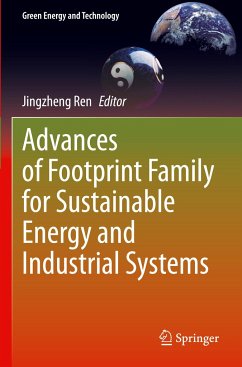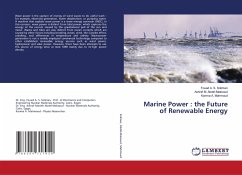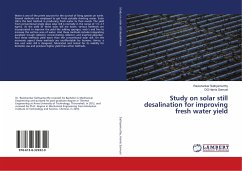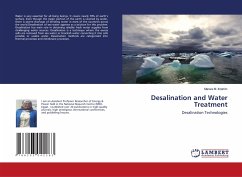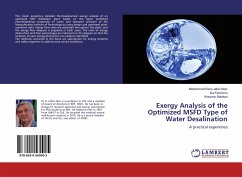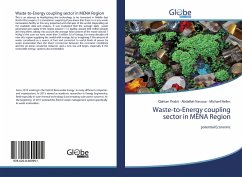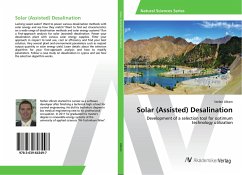
Energy Footprint of Water Desalination
Versandkostenfrei!
Versandfertig in 6-10 Tagen
27,99 €
inkl. MwSt.

PAYBACK Punkte
14 °P sammeln!
Demand for the freshwater is growing due to the growth of world population that entails growing demand of freshwater for agricultural and industrial purposes. However, the fresh water availability on Earth is limited and many countries face severe water shortages. Water desalination could be a possible solution for this problem. Among the variety of existing water desalination technologies, three are particularly promising, these are: reverse osmosis (RO), multi stage flash (MSF), multi effect distillation (MED). Energy consumption of desalination processes are determined by factors like capac...
Demand for the freshwater is growing due to the growth of world population that entails growing demand of freshwater for agricultural and industrial purposes. However, the fresh water availability on Earth is limited and many countries face severe water shortages. Water desalination could be a possible solution for this problem. Among the variety of existing water desalination technologies, three are particularly promising, these are: reverse osmosis (RO), multi stage flash (MSF), multi effect distillation (MED). Energy consumption of desalination processes are determined by factors like capacity of desalination plant (small, medium, large), the energy source (electricity vs thermal), type of feed water (brackish (BW) vs seawater (SW)), desalination method (thermal vs membrane), use of renewable energy sources (solar, wind, geothermal), and necessity of feed pretreatment (mechanical and/or chemical). In this paper, I compare the total energy consumption of different methods considering each influential factor and categorizing the existing desalination techniques.




